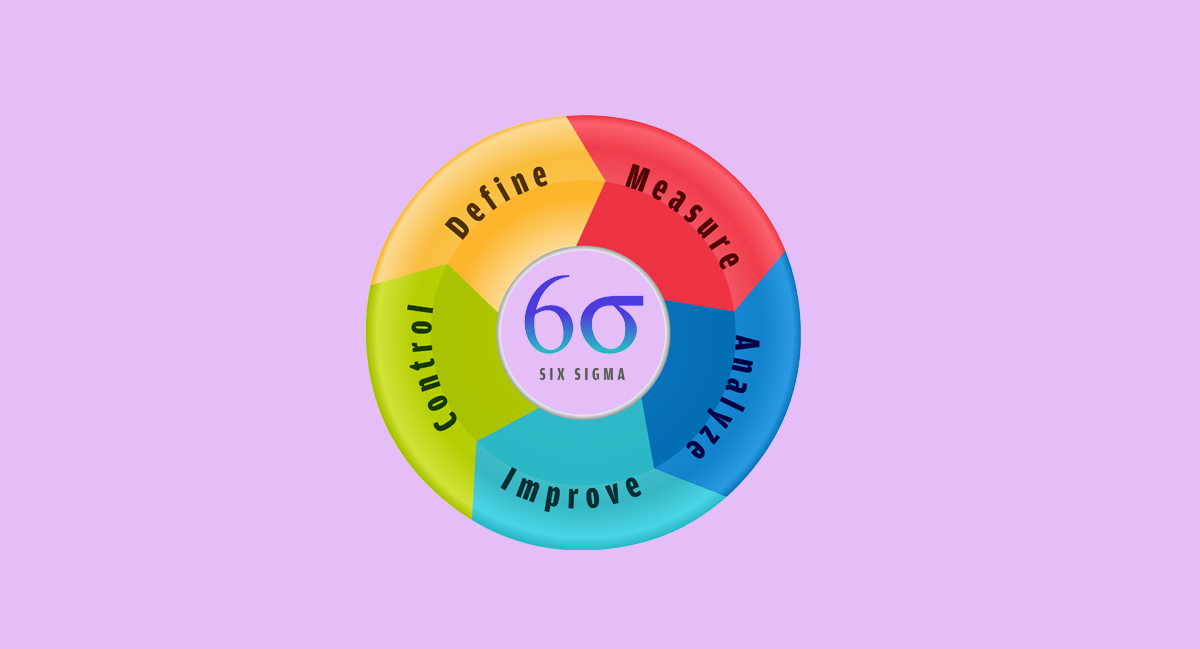Imagine a grand orchestra – a meticulously tuned ensemble where each instrument plays a vital role in creating a harmonious masterpiece. Six Sigma, the methodology for achieving near-perfect quality, is similar. While DMAIC (Define, Measure, Analyze, Improve, Control) serves as the musical score, statistical process control (SPC) acts as the conductor, ensuring each step is executed with precision and control.
Often overshadowed by the flashier aspects of Six Sigma, SPC plays a critical role in the quality improvement symphony. It’s a data-driven approach that empowers organizations to monitor, analyze, and control the variability within their processes. Think of it as the conductor constantly monitoring the instruments, ensuring each violinist plays with the same pressure, each trumpet at the same volume. Without SPC, Six Sigma’s efforts would resemble a cacophony of good intentions, lacking the control needed to achieve true quality nirvana.
Let’s delve into the key functions of SPC within the Six Sigma framework:
Setting the Baseline: Understanding Natural Variation
The first movement of the SPC symphony involves establishing a baseline – the orchestra warming up, testing the acoustics of the hall. SPC utilizes tools like control charts to map the natural variation inherent in any process. Imagine a chart depicting the typical range of a violinist’s pitch – some notes might be slightly higher or lower, but they all fall within an acceptable range. This baseline helps differentiate between “common cause” variations, a natural part of the process, and “special cause” variations, which indicate something has gone wrong.
Identifying the Off-Key Notes: Detecting Special Causes
The true magic of SPC lies in its ability to detect special causes of variation. These are akin to a violinist suddenly playing a jarringly off-key note. SPC uses control chart signals to alert the conductor (the Six Sigma team) of these deviations. By analyzing these special causes, the team can identify the root problem – a faulty string, an uncomfortable posture, or perhaps a sudden gust of wind affecting the instrument. This allows for targeted interventions to bring the process back into control.
Maintaining the Harmony: Continuous Monitoring and Improvement
Just as the conductor wouldn’t let the orchestra play a single note and call it a day, SPC emphasizes continuous monitoring. Control charts are constantly updated, ensuring the process remains within the established parameters. This allows for early detection of any potential issues, preventing minor variations from snowballing into major problems. Imagine the conductor making small adjustments throughout the performance, ensuring the overall harmony is maintained. Additionally, SPC data can be used to refine future iterations of the process, ensuring the “sheet music” of Six Sigma is constantly evolving for optimal performance.
The Benefits of a Well-Tuned Process
By incorporating SPC into the Six Sigma framework, organizations reap a multitude of benefits:
- Reduced Defects and Errors: By identifying and eliminating special causes of variation, SPC leads to a significant reduction in defects and errors.
- Improved Process Efficiency: By ensuring the process stays within control limits, SPC minimizes waste and rework, leading to greater efficiency.
- Enhanced Customer Satisfaction: Consistent quality, a hallmark of controlled processes, translates to happier customers.
- Data-Driven Decision Making: SPC provides objective data to support process improvement initiatives.
- Proactive Problem Solving: Early detection of potential issues allows for proactive intervention, preventing problems before they escalate.
Beyond the Stage: SPC in the Real World
SPC isn’t confined to factory floors or orchestra halls. Its applications are vast, from monitoring customer service response times to analyzing financial data for fraudulent transactions. Think of it as a versatile tool that can be used to improve any process where consistency and control are essential.
The Legacy of Statistical Control
In conclusion, while DMAIC provides the roadmap, and other tools like cause-and-effect diagrams offer valuable insights, it’s SPC, the unassuming conductor, that ensures the Six Sigma symphony plays a flawless tune. By offering a data-driven approach to process control, SPC empowers organizations to achieve near-perfect quality, ensuring long-term success in a world that demands both excellence and consistency.


